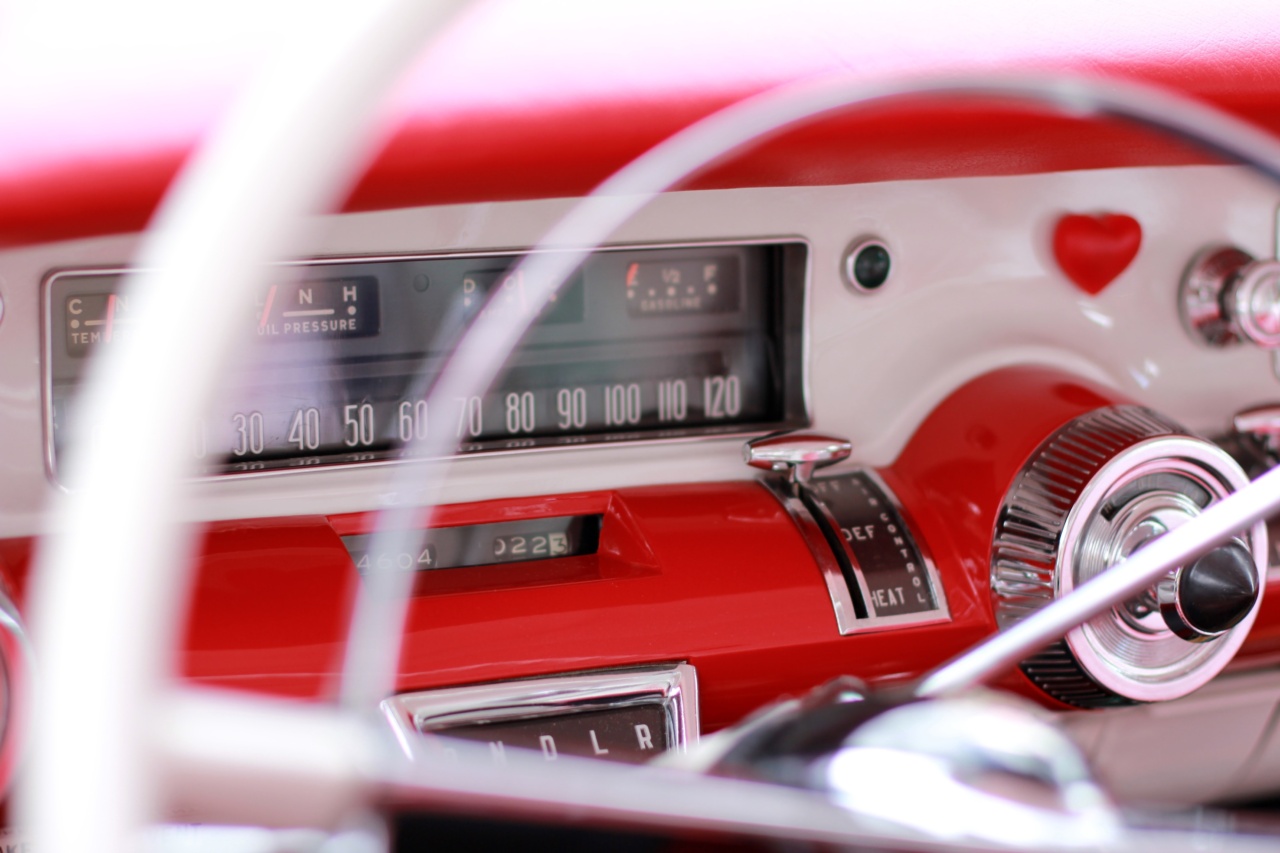Motor skills are the abilities that allow us to move and coordinate the muscles and body parts needed for physical activities. They are essential for performing daily activities such as walking, running, jumping, writing, and playing.
Motor skills development is a continuous process that starts from infancy and extends throughout childhood.
Infancy (0-12 months)
In the first year of life, infants are developing crucial motor skills that lay the foundation for future physical activities. Here are some of the major milestones:.
Gross Motor Skills
Infants gain control of their head and neck muscles by about 3 months and can sit up with support by 6 months. By the end of the first year, many can crawl, pull themselves up to a standing position, and take their first steps.
Fine Motor Skills
Infants develop their fine motor skills, such as grasping and finger coordination, during the first year. They learn to use their hands to explore toys, pick up small objects, and hold a bottle or spoon.
They may start to develop a pincer grasp, where they use their thumb and forefinger to pick up small objects.
Toddlerhood (1-3 years)
Toddlers are on the move, developing their motor skills and exploring the world around them. Here are some of the major milestones:.
Gross Motor Skills
Toddlers become increasingly mobile and active during this stage. They can run, jump, and climb stairs with assistance. They may also start to throw, kick, and catch balls with some accuracy.
Fine Motor Skills
Toddlers continue to develop their fine motor skills, including drawing and stacking blocks. They may become more skilled at using utensils, dressing themselves, and manipulating small objects.
Preschool (3-5 years)
Preschoolers are full of energy, creativity, and curiosity. They are refining their motor skills and becoming more independent. Here are some of the major milestones:.
Gross Motor Skills
Preschoolers improve their gross motor skills as they engage in more complex physical activities. They can balance on one foot, skip, hop, and jump with greater skill. They may also start to ride tricycles and participate in team sports.
Fine Motor Skills
Preschoolers continue to develop their fine motor skills as they engage in activities such as cutting with scissors, drawing detailed images, and building with blocks.
They may become more adept at tying their shoes, zipping up their jackets, and buttoning their clothes.
School Age (6-12 years)
School-aged children are becoming more coordinated and skilled in their movements. They are also developing greater physical strength and endurance. Here are some of the major milestones:.
Gross Motor Skills
School-aged children become more competent in complex movements such as running, jumping, climbing, and throwing. They may participate in organized sports and develop more specialized motor skills.
Fine Motor Skills
School-aged children become more precise in their fine motor movements, such as writing, drawing, and using scissors. They may also develop new fine motor skills such as typing and playing musical instruments.
Conclusion
Motor skills development is a lifelong process that starts from infancy and extends throughout childhood. Each stage of development brings new challenges and opportunities for growth.
Parents and caregivers can support children’s motor skills development by providing opportunities for play, exploration, and physical activity.































